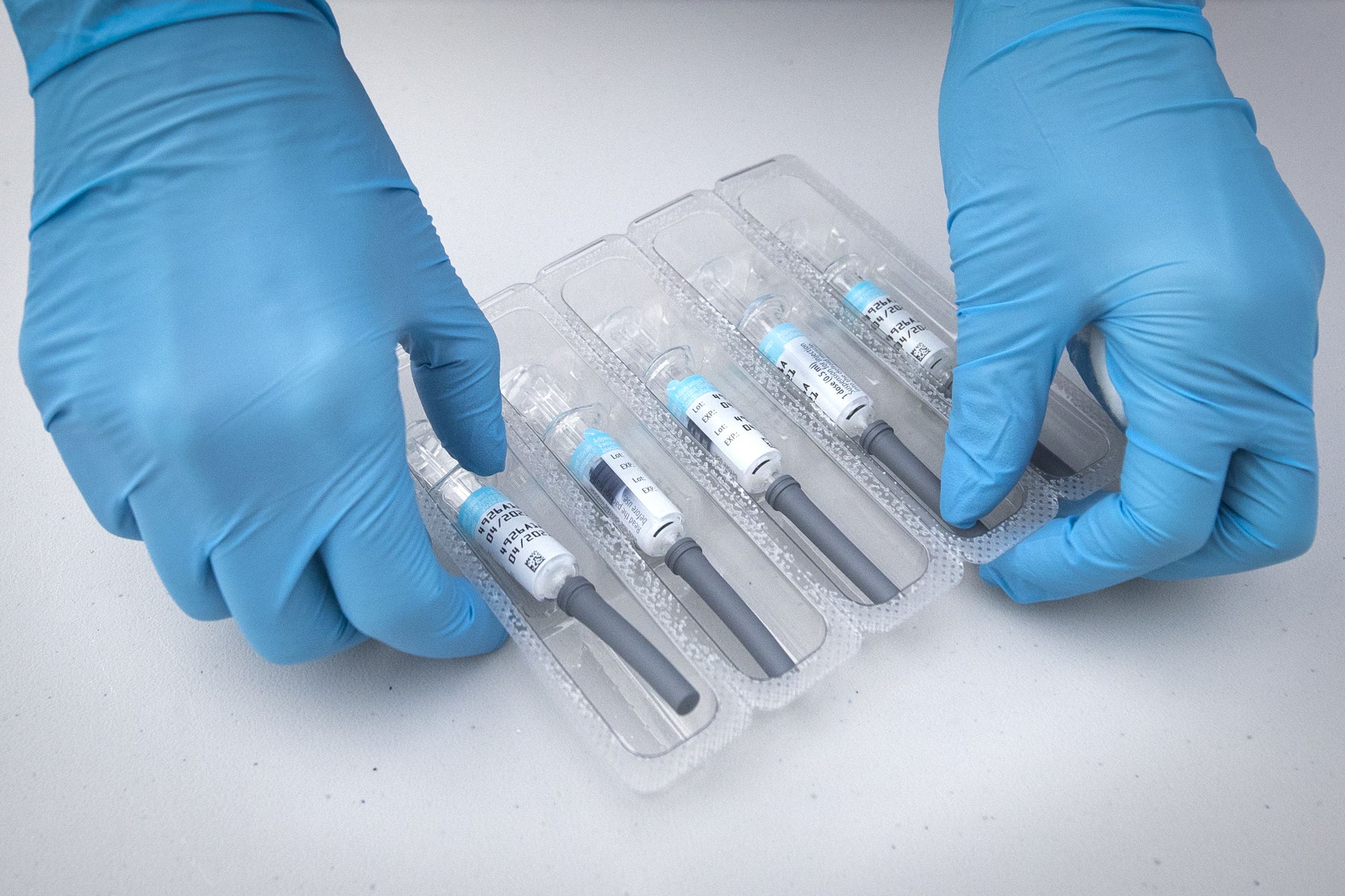Flu and Covid warning ahead of seasonal spike in cases
Last winter saw the worst flu season in the UK for a decade

Your support helps us to tell the story
From reproductive rights to climate change to Big Tech, The Independent is on the ground when the story is developing. Whether it's investigating the financials of Elon Musk's pro-Trump PAC or producing our latest documentary, 'The A Word', which shines a light on the American women fighting for reproductive rights, we know how important it is to parse out the facts from the messaging.
At such a critical moment in US history, we need reporters on the ground. Your donation allows us to keep sending journalists to speak to both sides of the story.
The Independent is trusted by Americans across the entire political spectrum. And unlike many other quality news outlets, we choose not to lock Americans out of our reporting and analysis with paywalls. We believe quality journalism should be available to everyone, paid for by those who can afford it.
Your support makes all the difference.Flu and Covid-19 hospital admission rates in England are lower than at this stage last year, with no sign yet of the beginning of a seasonal spike in cases, new figures show.
Admissions of patients with flu stood at 0.4 per 100,000 people last week, up slightly from 0.2 the previous week but remaining at “stable” levels, according to the UK Health Security Agency (UKHSA).
At this point in 2022, the rate stood at 1.4 per 100,000 and was at the start of an upwards trend that would see it peak at 18.1 in the week before Christmas, in what the Government described as the worst flu season for a decade.
The impact of the outbreak was greater due to lower population immunity, with little or no flu circulating during the previous two winters when Covid control measures were in place.
An estimated 14,623 flu-associated deaths took place in England during the 2022/23 season, the highest for five years, though flu vaccines “helped prevent a much worse winter”, the UKHSA said.
A fresh surge of Covid-19 infections added to pressures on health services last December, though the wave was not as great as those seen during the early years of the pandemic.
Hospital admission rates of people testing positive for coronavirus stood at 5.4 per 100,000 at this point in 2022, down from 7.8 the previous week – but would go on to peak at 11.4 in the run-up to Christmas.
By contrast, the current rate of Covid-19 admissions is 3.4 per 100,000, down week-on-week from 4.0.
Dr Mary Ramsay, UKHSA director of public health programmes, said: “Our weekly surveillance shows flu levels remain stable, but in the coming weeks as we approach winter we expect this to change and will continue to monitor these rates closely.
“If you show signs of respiratory symptoms, you should avoid mixing with others where possible to stop the spread of viruses like flu and Covid-19.
“Getting vaccinated before we reach peak flu season offers the best protection.
“We are beginning to see hospitalisations for flu among children under five, and some children can become severely ill from flu.
“Most children aged two and three can get a nasal spray flu vaccine. You can book your flu and Covid-19 vaccination, and check your eligibility online, through nhs.uk/wintervaccinations.”
A new dose of Covid-19 vaccine is currently being offered to certain groups of the population to boost their immunity ahead of the winter.
Everyone in the UK aged 65 and over is eligible for the jab, along with care home residents, frontline health and social care staff, those at increased risk because they are pregnant or have a certain underlying health condition, unpaid carers, and household contacts of anyone with a weakened immune system.
An estimated 63.2% of people aged 65 and over in England have now received the latest booster, UKHSA data shows.
Take-up is highest among 75 to 79-year-olds (68.5%) and lowest among 65 to 69-year-olds (54.1%).
There are currently no official estimates of the prevalence of Covid-19 among the UK population, meaning hospital admissions are the only regular guide to possible changes in how the virus is circulating.
Testing for Covid-19 has also been scaled back sharply, so there is not as much data available for analysis.
Infection levels will be monitored this winter under a new study run jointly by the UKHSA and the Office for National Statistics (ONS), however.